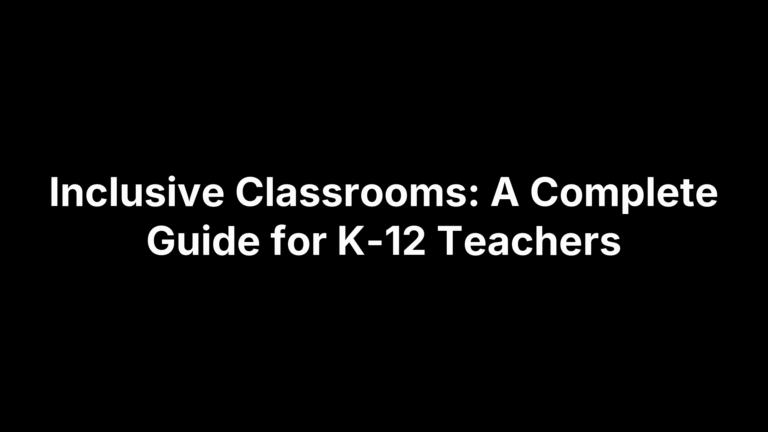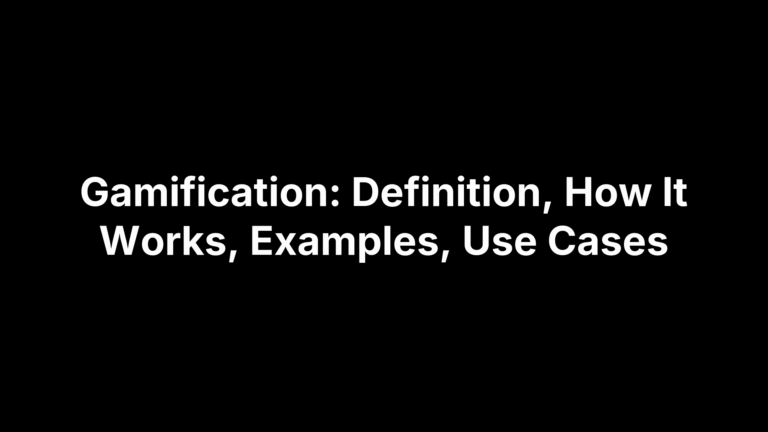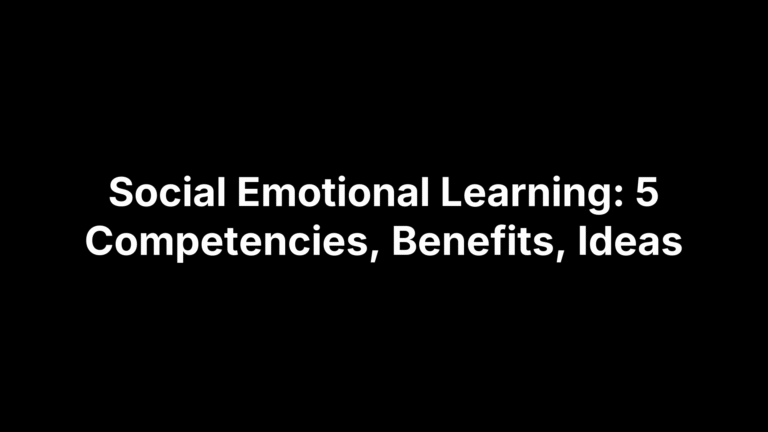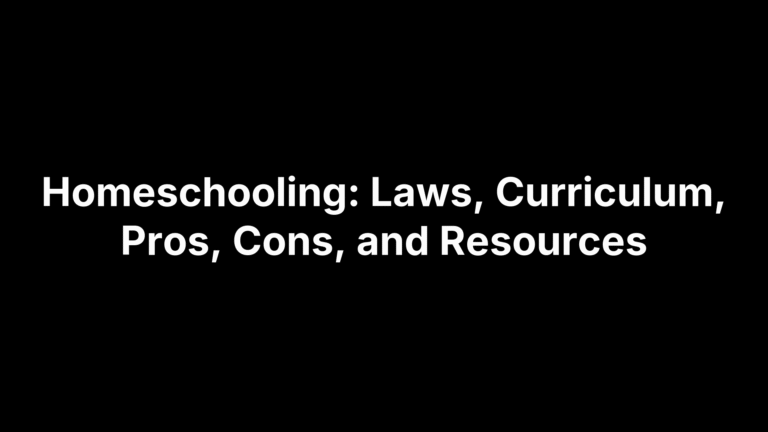Hybrid Learning: What It Is, Benefits, and Hybrid vs Blended
Hybrid learning is a course model that teaches students in two places at once: some are in the room, others join live online, and both groups learn together. It often pairs that live instruction with self-paced activities—readings, videos, quizzes—that students complete outside class. Done well, hybrid learning is not “half online, half in person.” It’s…










